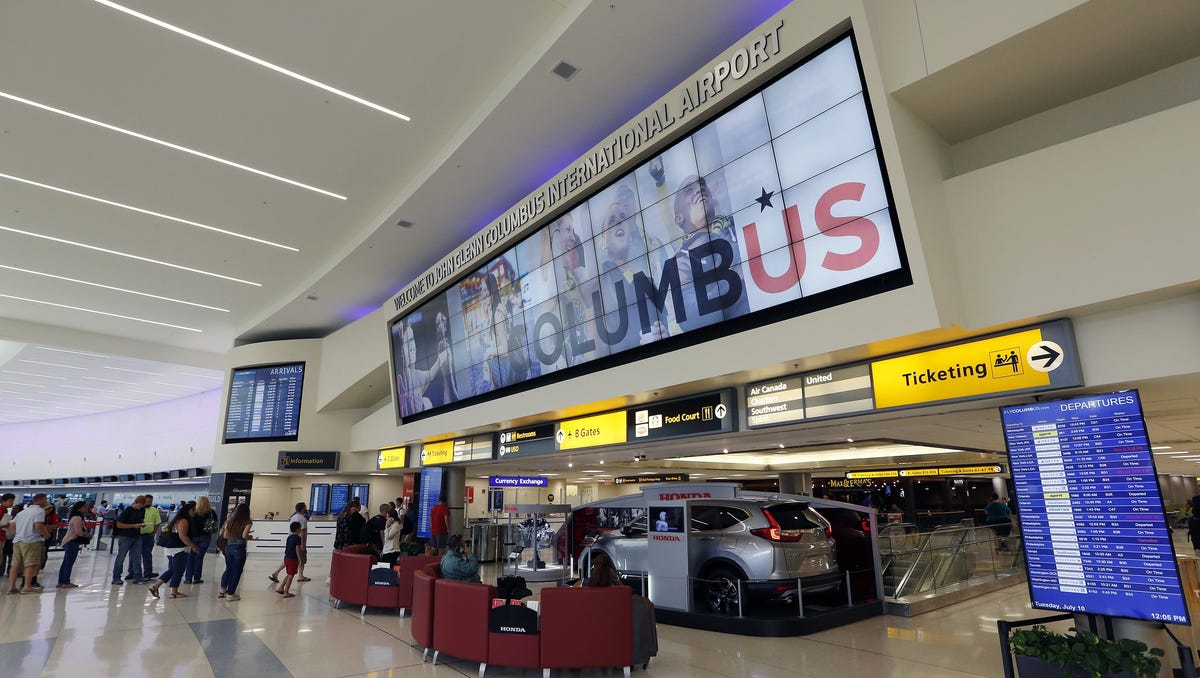World
In Colorado, KOTO Radio Extends Its Reach – Radio World

KOOK is a signal expansion project to serve Ridgway and Ouray
KOTO Community Radio serves listeners in Colorado’s San Miguel County terrestrially and all over the world via its online streams. The signal is heard in Telluride on 91.7 MHz and on translators in Pandora, Ophir, Norwood and Placerville.
Now thanks to the FCC’s 2021 application window for new noncom educational stations, the small nonprofit is in the process of expanding its reach by adding a Class A FM signal atop a mountain, almost two miles above sea level, to serve the communities of Ouray and Ridgway on 90.3.
Availability of radio engineers, particularly in rural areas, can be an obstacle. For this job Executive Director Cara Pallone and Station Manager Ben Kerr turned for help to retired engineer and volunteer DJ Axel “Axeman” Koch as well as Scott Henning of AAD Broadcast Engineering and Michael D. Brown of Brown Broadcast Services Inc.
Also, “The geographic location of the tower site has posed some challenges,” Pallone told Radio World.
“The site is above the city of Ouray. Our alpine environment makes for a short building season as access to the site is limited during most of the year. We’ve had to set our own internal deadlines to complete the project.”
The call sign of the new station is KOOK. “Ben Kerr spotted it on the list of available options and staff was fully on board. I like to say ‘K-doubleO-K Ridgway!’ It rolls off the tongue,” Pallone said. “Hopefully the people in Ridgway think so, too.”
Major hardware includes a Nautel VX1 transmitter, Jampro two-bay JCPB-2L antenna, Andrew AVA5P-50-C coaxial cable and a Rohn 40-foot tower. Logan Tyler, climber and owner of Basecamp Ouray, built the tower and waveguide bridge.

“The Nautel was perfect for a small shelter and ease of installation,” Henning said. Given that the number of engineers experienced with RF is dwindling, Henning said it helps to have a transmitter that is basically like a computer with an antenna port.
“That makes it more comfortable to access and understand for non-technical staff. There are no complicated codes, translation tables and ‘gotchas’ like the old telephone remotes. A station staff member uses a browser and sees the transmitter as a webpage with visual controls.”
Remote control is via a HTML5 server accessible on any device browser, which makes it easy for staff to maintain monitoring and control from anywhere. The Nautel option to include Orban processing in the transmitter eliminated the need for an additional piece of equipment, and its parameters can be set remotely via the web server in the transmitter.

The Jampro antenna was factory tuned to help meet the desired VSWR, and it was configured with radomes to protect against ice and snow on the mountain.
“Heliax coax was an easy choice, but it was ordered with DIN connectors to simplify attachment by someone with good mechanical skills but without RF experience,” said Henning. “To that end, an automatic cable prep tool was also specified to make cable preparation as simple as possible.”
“The great call sign made me laugh the first time I saw it,” Henning said.
“My second laugh was when the manual outlined the ‘parallel’ remote control connections and I could just skip over that section because all it needs is a LAN connection.”
Henning added that he is legally blind. Though not totally blind, his vision is insufficient to drive and to see some of the smaller details. “I am fortunate to work with stations like KOTO and my three other client stations KSUT, KDUR, and KSJD, who take this limitation in stride.”

The project has attracted local media attention, with a story last year in the Telluride Daily Planet describing trucks hauling multiple loads of concrete along rugged, steep switchbacks to the site at 9,300 feet altitude.
Read about other interesting projects in the free Radio World ebook “Awesome RF Buildouts.”










